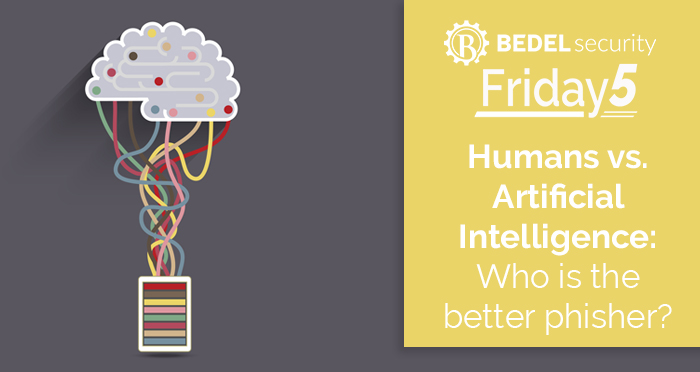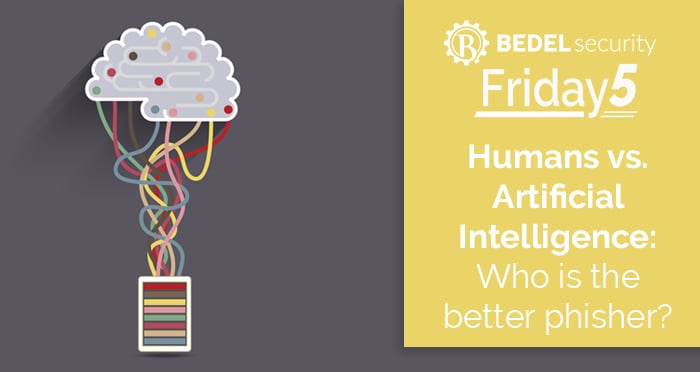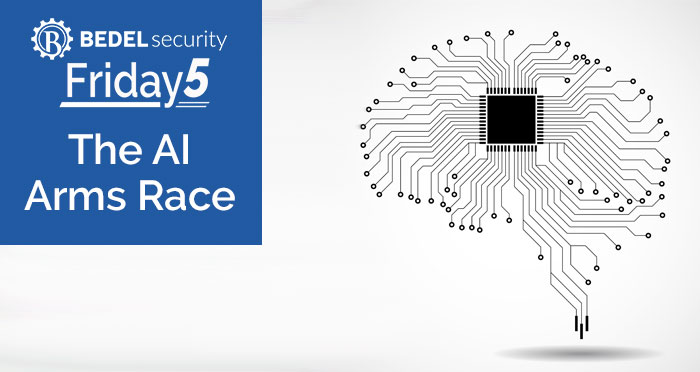AI-Driven Phishing Scams
As we enter the holiday season, many of us look forward to festive gatherings, shopping sprees, and, of course, sharing the season’s joy with loved...
1 min read
Stephanie Goetz : Dec 7, 2023


What an interesting question and an article published recently gives us the answer, at least for today. Stephanie Carruthers, the chief people hacker for IBM X-Force Red, had her team take on Artificial Intelligence (AI), specifically ChatGPT, to see who could create a more clickable phishing email.
They started by asking ChatGPT to craft a phishing email utilizing the following:
Carruthers looked at the outcome and concluded it was crafty and a good showing. Also, while her team takes about 16 hours to create a phishing email, ChatGPT churned one out in about the time it takes to brew a cup of coffee.
Next, the seasoned social engineers start by looking at publicly accessible information from sources such as company announcements, LinkedIn, Glassdoor, etc. In this case, they found an article about a new wellness program, researched the company on Glassdoor, and found the person responsible for the program on LinkedIn. They then crafted an email asking recipients to respond to a short five-question survey by ‘Friday’.
The winner? Humans by about 3%! The ChatGPT crated email had a click rate of 11%, while the human email had 14%. What’s more, the ChatGPT email was reported as suspicious at a rate of 59%, while the Human email was reported at 52%.
While ChatGPT was narrowly defeated in this round, AI is still new and is certainly expected to continue to improve as time passes. How can we ensure we stay ahead in the game, especially knowing it was so close?
If you would like more information here’s the article: https://securityintelligence.com/x-force/ai-vs-human-deceit-unravelling-new-age-phishing-tactics/.
If you need help with your information security training program, please contact us at support@bedelsecurity.com.

As we enter the holiday season, many of us look forward to festive gatherings, shopping sprees, and, of course, sharing the season’s joy with loved...

Social engineering attacks have long been a critical concern for institutions, with email-based phishing dominating headlines and incident reports....

Today, I want to dive into a topic that’s been keeping me up at night: the AI (artificial intelligence) arms race happening right under our noses....